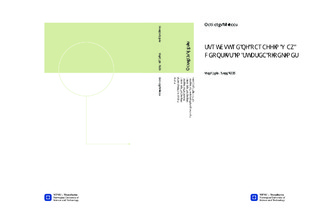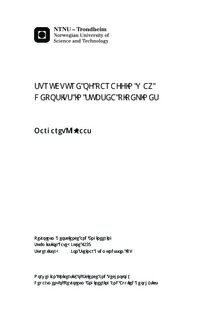| dc.contributor.advisor | Gudmundsson, Jon Steinar | nb_NO |
| dc.contributor.author | Kjøraas, Margaret | nb_NO |
| dc.date.accessioned | 2014-12-19T12:17:29Z | |
| dc.date.available | 2014-12-19T12:17:29Z | |
| dc.date.created | 2013-09-16 | nb_NO |
| dc.date.issued | 2013 | nb_NO |
| dc.identifier | 648707 | nb_NO |
| dc.identifier | ntnudaim:9627 | nb_NO |
| dc.identifier.uri | http://hdl.handle.net/11250/240123 | |
| dc.description.abstract | This master thesis tries to investigate the effects of rough surfaces. The analysis is done by use of ANSYS Technology Inc's Software FLUENT, where three different geometries are simulated in order to achieve the resulting friction factor. To compare and analyze the obtained results, methods to calculate the friction factor presented in previous published literature is included. The results obtained in this report are subject to uncertainties related to simulation inexperience, and the possible misinterpretation of one of the methods presented. The results confirms that rippled deposits yields higher friction factors than rectangular deposits, and that rectangular leads to higher results for the friction factor than sand grain roughness. There are, however, deviations between some simulations and their corresponding calculated values which is unexpected.Eventhough the origin of this report is to shed some light on the structure of wax deposits, the focus lies more on general roughness structures and the investigation of these. It remains for future work to link results to a given wax deposition situation. | nb_NO |
| dc.language | eng | nb_NO |
| dc.publisher | Institutt for petroleumsteknologi og anvendt geofysikk | nb_NO |
| dc.title | STRUCTURE OF PARAFFIN WAX DEPOSITS IN SUBSEA PIPELINES | nb_NO |
| dc.type | Master thesis | nb_NO |
| dc.source.pagenumber | 100 | nb_NO |
| dc.contributor.department | Norges teknisk-naturvitenskapelige universitet, Fakultet for ingeniørvitenskap og teknologi, Institutt for petroleumsteknologi og anvendt geofysikk | nb_NO |

